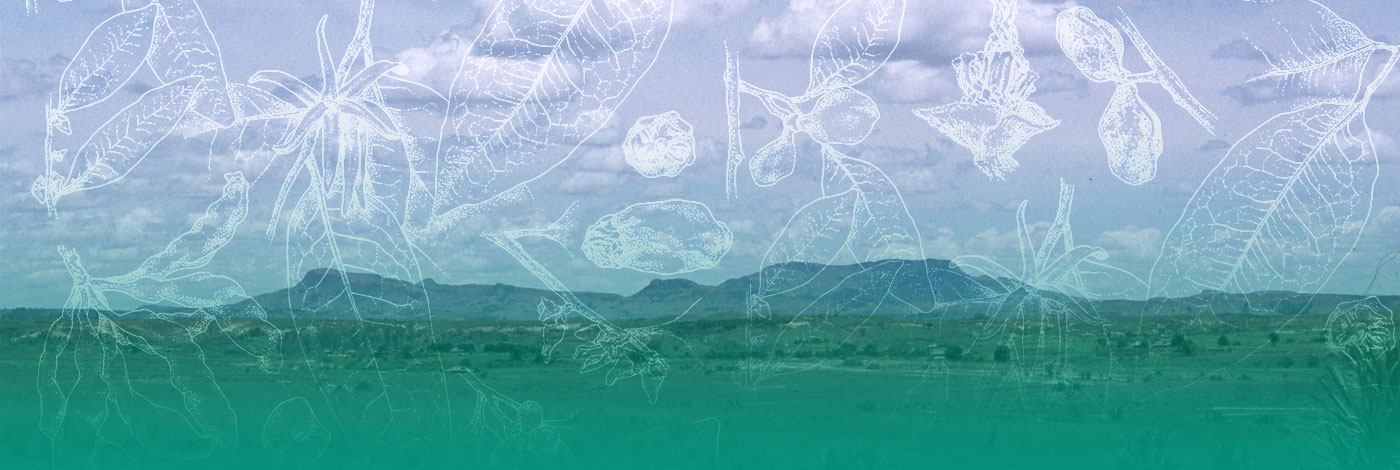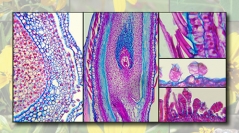

 Adansonia
39 (1) - Pages 71-85
Adansonia
39 (1) - Pages 71-85Our objective was to study reproductive biology, seed germination and regeneration, through morphoanatomical and field observations and controlled experiments, to assess reproductive strategies in six rare Flourensia endemic to Central Argentina (F. campestris, F. hirta, F. leptopoda, F. niederleinii, F. oolepis, F. tortuosa). Structure of capitula, flowers, and achenes was described. Capitula were visited by a variety of insects. Achenes required 30-45 days to mature. Fruit set varied significantly among species. Flourensia campestris and F. oolepis were self-incompatible. Seed viability decreased after 19 months and was lost after 32 months. Flourensia oolepis and F. campestris had the highest germination percentages (>60%); the addition of gibberellic acid in 2-months old seeds did not influence germination. The remaining species had lower germination percentages (<30%). All species had xylopodia that were root and stem modifications. Burned individuals of F. campestris actively regenerated from underground buds of xylopodia, being suitable for restoration of degraded or burned areas. Flourensia campestris and F. oolepis had better reproductive success, but the remainder species can be considered at risk. Strategies should be implemented to protect them, such as to preserve its habitat together with attempts to increase their population sizes and maintain their pollinators.
Conservation, floral visitors, germination, morphoanatomy, fruit set, xylopodium.